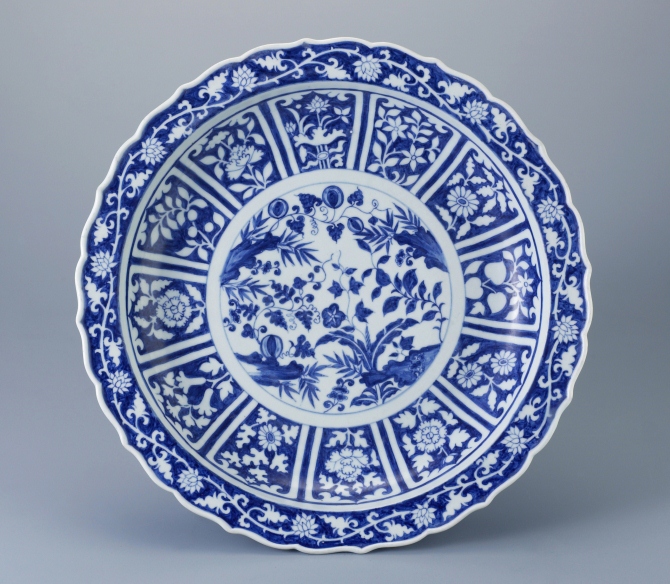30 August 2012
The Art of Antique Investment

Has it ever occurred to you what was once a piece of home ornament or treasure could possess investment potential? At the first China Guardian Auctions in March this year, a three-door cabinet from the late Qing dynasty was sold at RMB1,058,000, claiming the highest transaction price of the day, which, in itself, was also manifestation of the considerable potential of antique investment.
But for an antique item to yield considerable return, an even more considerable amount of time and effort must be paid to learn to authenticate the piece. Which is why a sage antique investor is more than just a number cruncher – he has to have accumulated the experience and developed the eye for worthwhile pieces. "Chinese antiques reflect not only the culture but also the ancient wisdom and way of life of the various stages in the profound Chinese history and culture," said Wendy Ying, manager of an antique shop Chine Gallery. "If you're serious about antique investment, it's important to nurture an interest in Chinese history and culture, before you go on to study more about the particular aspects that pique your interest."
In the case of wooden furniture, furniture from the Ming dynasty is centred on designs with simple lines, but changed to extravagant design in the Qing dynasty, a feature that reflected the Manchus' glorious conquest of the Han Chinese. Meanwhile, furniture design is also a reflection of its utility for particular community at different times: the chairs used for meditation carries a simple design, while beds used by people in northern China often have a coal trench incorporated underneath. Without adequate interest to delve into the history and details of an antique piece, your attempt at antique investment could be futile, even if you have the financial power.
"The appreciation potential of antique is not guaranteed," said Ying. The truth is, the price fluctuation for antique market is usually more volatile than ordinary investment markets, with a higher risk to match. Which is why, when the transaction rate for antique furniture at the autumn China Guardian Auctions in 2011 was at a mere 68%, the first China Guardian Auctions in 2012 recorded a rate as high as 98%. "The greatest fun of antique investment lies in the exploration and discovery of something that suits your fancy, something that you think is exquisite. It would be meaningless if you have to tiptoe around the price tag."
From small porcelain ornaments, carvings to sizeable furniture, details such as the shape, handicraft work and quality are all decisive factors of appreciation. The only objective, scientific aspect of antique investment is the authentication. Thanks to modern-day technology, scientific authentication methods such as thermoluminescence tests and Computed Tomography scan are available, with the former used to identify and validate the year of production, and the latter used to detect possible restoration to the piece. Then again, it's best to invest in a piece with international accreditation, or to deal with a trustworthy, professional antique shop.
There isn't any trend for antique investment. The whole learning process should be fun and engaging, and the joy you feel when you come across a favourite piece simply can't be matched by anything else. If you're serious about the art of antique investment, you may check out the antique classes offered by some of the universities in Hong Kong, or learn about antiques at auctions, clubs, or the artefact exhibitions held by the University of Hong Kong and the Chinese University of Hong Kong. After all, the essence of antique investment is about meeting like-minded individuals and enriching your life with cultural and historical knowledge.
Special Thanks:
Wendy Ying
Manager of Chine Gallery
Life & Leisure

